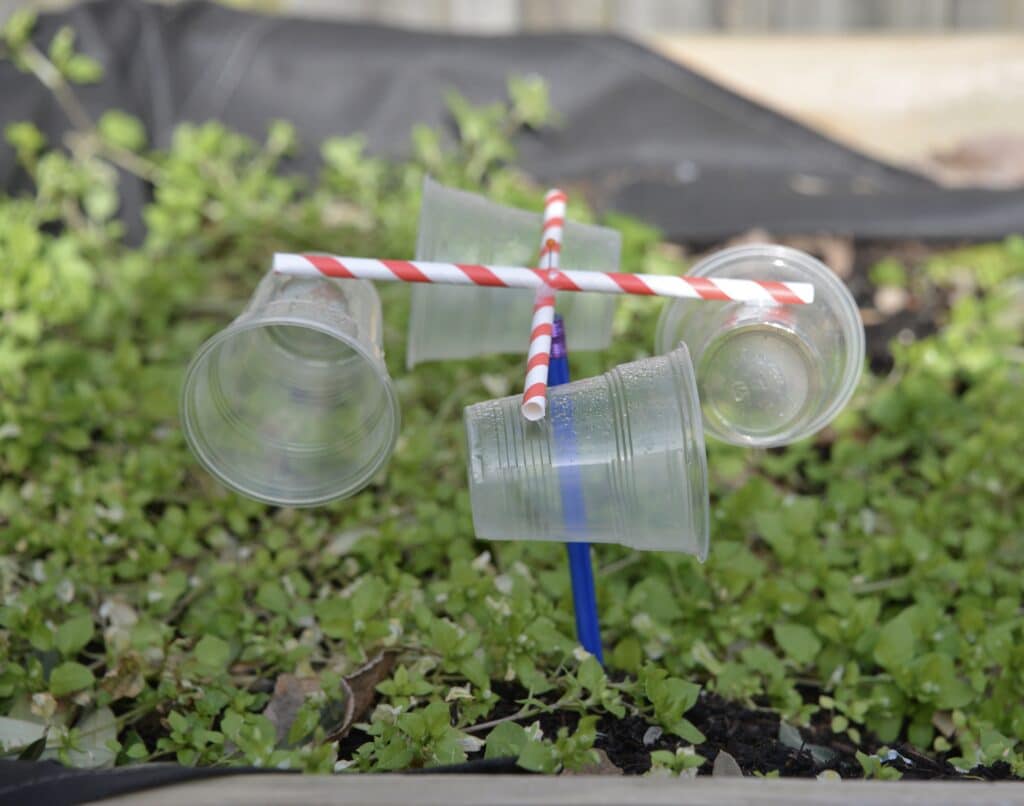Anemometer Innovations: The Latest Innovation for Wind Speed Measurement
Anemometer Innovations: The Latest Innovation for Wind Speed Measurement
Blog Article
All You Need to Find Out About Anemometers: How They Function, Why They Matter, and Where to Use Them
Anemometers, though frequently forgotten in the realm of clinical instruments, play a vital role in different areas, supplying important understandings into wind speed and air movement patterns. As we dive right into the complexities of anemometer modern technology, we will discover the internal functions of these tools, their importance, and the crucial factors to consider when selecting the best anemometer for details applications.

Anemometer Fundamentals
A crucial tool used to gauge wind speed and instructions, the anemometer plays a crucial function in meteorology and various markets. An anemometer usually consists of three or 4 cups that revolve in the wind, a vane that points into the wind, and sensing units to track the movements or rotations.
There are various types of anemometers available, including cup anemometers, vane anemometers, hot-wire anemometers, and sonic anemometers, each with its unique functions and applications. Mug anemometers are commonly used for standard wind rate measurements, while vane anemometers are chosen for directional measurements.
Concepts of Anemometer Procedure
Building on the foundational understanding of anemometer basics, the principles of anemometer procedure elucidate the mechanics behind wind speed and direction measurements. Anemometers operate on the principle of air flow impacting a sensing unit, triggering it to turn. Mug anemometers, as an example, have three or more cups that capture the wind, creating them to spin faster as the wind rate rises. The turning speed is then exchanged a wind speed dimension. Vane anemometers, on the other hand, use a tail or a probe that straightens itself with the wind instructions, providing a dimension of wind direction based on the orientation of the sensing unit. Hot-wire anemometers rely upon a heated cable that cools off as wind overlooks it, with the price of cooling down establishing the wind rate. Ultrasonic anemometers procedure wind rate and direction by evaluating the time it considers ultrasonic signals to take a trip in between transducers. Comprehending these principles is essential for precise and reputable wind dimensions in numerous applications.
Relevance of Anemometers
The importance of anemometers in weather forecasting and various sectors can not be overstated. Anemometers play a vital function in measuring wind rate and instructions, supplying vital data for climate projecting, climate studies, ecological monitoring, and aeronautics procedures. Meteorologists rely upon anemometers to gather precise wind information, helping them recognize weather patterns, forecast tornados, and problem timely warnings to the general public. In markets such as construction, farming, renewable resource, and maritime procedures, anemometers are utilized to maximize processes, make sure safety and security, and boost efficiency. For instance, wind ranch drivers make use of anemometers to assess wind conditions and optimize electrical power manufacturing from wind generators. In the maritime industry, anemometers aid ship navigating by giving real-time wind info to captains, helping them make informed choices to make sure safe trips. On the whole, anemometers are indispensable tools that contribute dramatically to safety, efficiency, and notified decision-making in weather forecasting and a vast array of industries.
Applications Throughout Different Industries
In the renewable power sector, web link anemometers play a critical duty in examining wind problems for wind farm placements, making certain optimum energy production. Industries like building and mining make use of anemometers to keep track of wind speeds, essential for safety and security methods, specifically when working at heights or in open-pit mines where strong winds can position threats. In farming, anemometers help farmers in handling crop splashing by providing real-time data on wind speed to stay clear of drift.

Selecting the Right Anemometer for Your Demands
Selecting the ideal anemometer tailored to your certain needs is necessary for getting precise wind speed and instructions measurements. When choosing an anemometer, take into consideration factors such as the intended application, required dimension variety, ecological conditions, and desired functions. For basic purposes, a cup anemometer appropriates for measuring wind rate, while a vane anemometer supplies wind direction data. Hot-wire anemometers are excellent for reduced airspeed dimensions, and ultrasonic anemometers use high precision and longevity.

Verdict
In conclusion, anemometers play a critical function in gauging wind speed and direction throughout various markets. It is vital to consider the importance of anemometers in order to make enlightened decisions when selecting the most appropriate tool for determining wind conditions.
There are different kinds of anemometers readily available, including cup anemometers, vane anemometers, hot-wire anemometers, and sonic anemometers, each with its special attributes and applications. Mug anemometers why not try these out are commonly utilized for fundamental wind rate dimensions, while vane anemometers are preferred for directional measurements. Hot-wire anemometers are appropriate try this out for low airspeeds, and sonic anemometers are optimal for high-precision measurements in research study and commercial setups.Structure on the fundamental understanding of anemometer essentials, the concepts of anemometer procedure clarify the technicians behind wind speed and direction dimensions. For basic objectives, a mug anemometer is ideal for gauging wind rate, while a vane anemometer gives wind instructions data.
Report this page